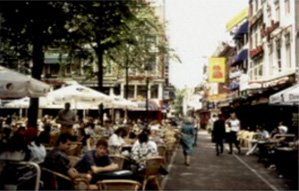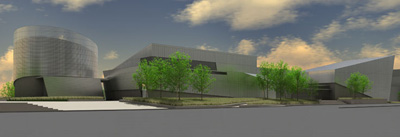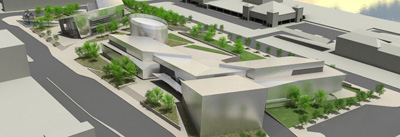I just received word that the Chairman of the Heart of Peoria Commission, Bill Washkuhn, has passed away. Here’s the e-mail I received from Planning and Growth Director Pat Landes:
Our office just received word that Bill Washkuhn, current chair of the HOP/C, died this morning. Our office has worked with Bill for nearly 30 years on land use issues, usually as the applicant representing clients for zoning and subdivisions. Bill also generously contributed his time and expertise, serving on various ad-hoc groups focusing on development processing and zoning issues. More recently he served on the Heart of Peoria Commission and was appointed by the Mayor as chair. We’ve always enjoyed our working relationship with Bill, particularly his treatment of staff and good communication with our elected officials.
Please keep Bill, his wife Linda, and their two sons in your thoughts and prayers.
I just saw Bill on Friday — three days ago — at our last Heart of Peoria Commission meeting. Although he was in a wheelchair due to some recent surgery, he was his usual affable self. The news of his passing comes as a real shock to me.
I didn’t know Bill very well personally. I only saw him at commission meetings and occasionally at a City Council meeting. But he was always friendly, well-informed, and full of amusing turns of phrase. I always enjoyed talking to him.
We disagreed on whether HOPC should continue or not. He voted for disbanding, and I voted against it. But afterward, I helped him get to the parking garage where his ride was waiting and we talked briefly about the prospect of starting a private advocacy committee for the Heart of Peoria Plan. I was looking forward to working with him more in the future. I’m so saddened to hear of his passing.
My deepest condolences to his family. May the Lord comfort them.



